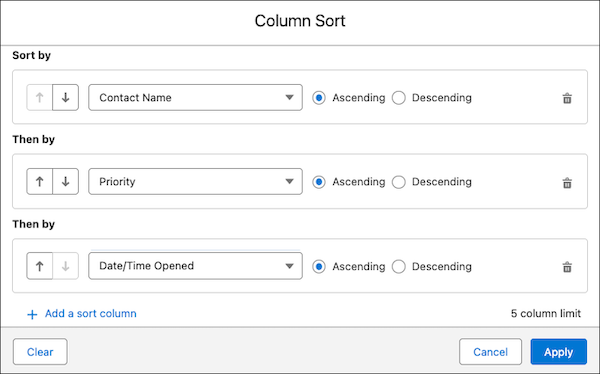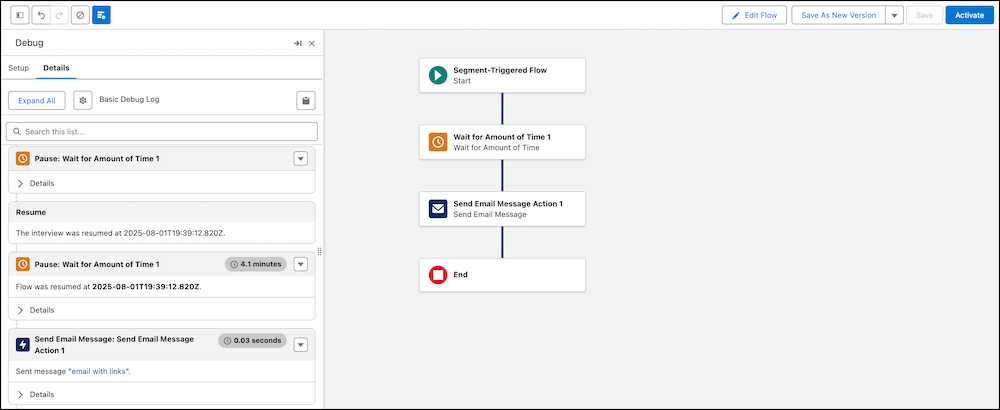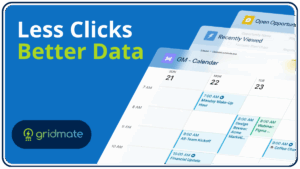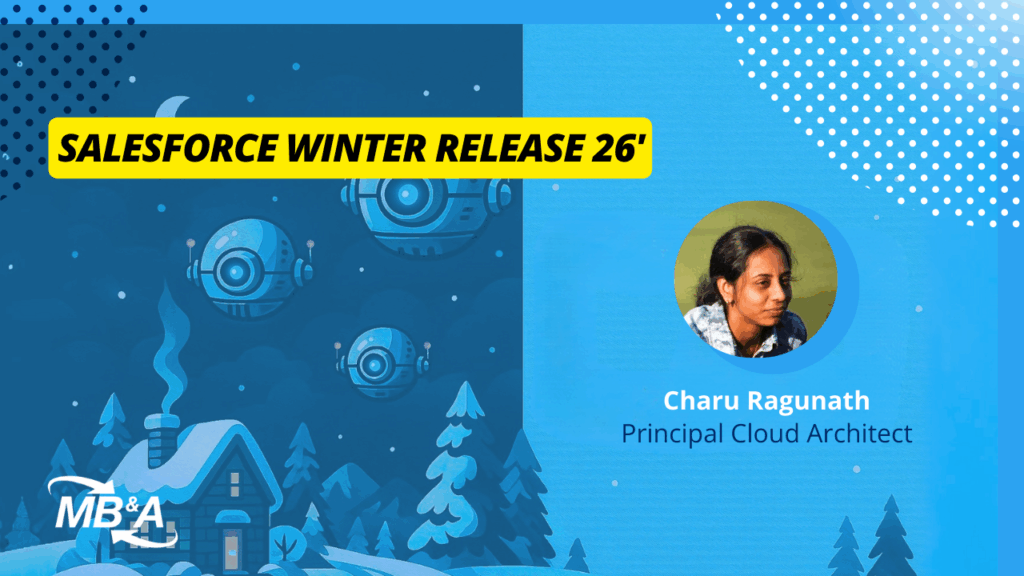Salesforce Releases
With Salesforce’s Winter Release 26’ you will realize it is a lot of data and while AI can help, experience always wins, so I sat down with one of MB&A’s lead architects, Charu Ragunath to get the “real real” on the latest Salesforce release.
While much of the recent buzz has focused on AI, a closer look at the Winter release reveals that the most significant, immediate benefits are squarely aimed at the people building and maintaining the platform: the admins and developers.
This release is a treasure trove of productivity enhancements that promise to save time, reduce complexity, and eliminate the need for custom workarounds. In this post we will review the features we find to be most interesting to public sector users, admins, and developers. Also, go straight to the bottom to get the notices to make sure your links don’t go 404.
For the Admins
Quality-of-Life Upgrades That Add Up
Admins will appreciate several new features that streamline daily tasks and reduce manual maintenance.

- Multi-Column Sorting in List Views Becomes Generally Available: This is a feature Charu was particularly enthusiastic about, calling it a feature she “really liked”. While introduced in a previous release, its general availability is a major win. The ability to sort by multiple columns directly in a list view is a game-changer. As Charu explained, this “eliminates a need to write a lot of custom code and…custom report generation”. Instead of building complex reports, users can now simply drill down into their data from a list view, saving significant time.
I would argue that this feature could be the most influential to all users on the platform, not just developers and admins.Read more - Automatic Unassigning of Permission Set Licenses: This is a small but mighty update that solves a common administrative headache. When an admin removes a permission set for an add-on product, the corresponding license is now automatically freed up. Charu highlighted this as a feature she likes for its impact on “less time maintenance, admin maintenance”. No more hunting down forgotten licenses that you know should be available.Read more
- Enhanced Field History Tracking for the User Object: For years, admins have faced limitations in tracking changes on core Salesforce objects like the User object. This release finally addresses that gap, allowing history tracking for up to 20 fields on a User record. As Charu pointed out, this is incredibly useful for auditing changes, such as when a user’s manager is updated, providing crucial context for HR and data governance use cases. The new centralized “Field History Tracking” page in Setup further simplifies management. Read more
- 7-Day Expiry for New User Welcome Emails: A simple but effective change, the welcome email link for new users now expires in seven days instead of just one. This small extension will significantly reduce the back-and-forth of resending links and resetting passwords for new hires, a welcome relief for any admin managing user setup.Read more
For the Developers:
A Focus on Efficient Building and Debugging
Developers receive some of the most powerful updates in this release, with a strong emphasis on improving the development lifecycle for both code and low-code solutions

- Unified Testing for Flows and Apex: Salesforce is continuing to invest in Flow as “the development tool of choice”. A new UI now allows developers to run Flow tests and Apex tests from the same page. This was a standout feature for Charu, who called it “really a cool feature” because it streamlines the entire testing process. Being able to validate all automations in one place is a massive efficiency gain that Charu estimates could save “tens of hours”.Read more
- Breakpoints Finally Come to Flow Debugging: Perhaps one of the most significant updates for anyone building complex flows is the introduction of debug breakpoints. Previously, troubleshooting a flow meant digging through dense debug logs. Now, developers can pause the flow at specific points to inspect what’s happening. Charu described this as “a huge one” that makes debugging “more efficient”. While the average user may not see the value, developers will immediately recognize the time-saving potential.Read more
- Increased API Access for Lightning Web Components: With “Trusted Mode,” developers can now leverage third-party JavaScript libraries more freely in LWCs without the constraints of Locker Service. This is a significant move that saves development time by allowing the use of trusted, pre-existing libraries instead of building complex functionality from scratch.Read more
- Public Sector Solutions with Data Cloud: For over a year we at MB&A have been excited about PSS and Data Cloud being able to be used together to truly transform specific use cases for our public sector customers. Those efficiencies are now available this October.Read more
An Experimental Eye Towards AI
While this release is packed with AI features the most promising the ability to summarize objects across the core cloud offerings, a sense of cautious optimism, and even skepticism, remains. Many of these new capabilities, such as using AI to determine decision criteria in a flow, seem intriguing but potentially risky for core business processes that demand predictability over variability, although in recent months these capabilities have evolved in leaps and bounds.
The real value of AI in this release may lie in its ability to handle unstructured data, like summarizing content from an uploaded PDF or interpreting varied customer emails where “inference has to be made”.
The onset of new AI capabilities and solutions across all clouds along with what we can assume are low adoption rates of past AI features are leading to the retirement of Einstein Bots and others, which leads us to recommend a pragmatic approach to our customers still. Our advice is to experiment with these new tools, but focus your immediate efforts on the foundational admin and developer enhancements. They offer guaranteed, measurable returns on your time and effort and with the advancement of clouds such as Data Cloud reaching government compliance it is advised to tackle smaller and more clear challenges not trying to “boil the ocean” or hunt for a “silver bullet”. Bad data can get better with AI and be cleaned up faster with it but it won’t just solve for bad data practices, just yet.
Ultimately, the Winter release is a strong one, but its greatest strengths lie in the practical, productivity-boosting features for admins and developers. These are the updates that will save you time tomorrow.

Hunter Cronier
Director of Marketing
Hunter is a self-proclaimed Chaotic Technologist with over a decade of experience modernizing and transforming organizations in the government contracting and Salesforce ecosystem.
Notice:
With the onset of updated security around domains for AI, APIs, and Experience Cloud use cases there are a few important links that I must recommend admins and developer check out as certain urls may stop working soon or by the next release:

Cleaning with Confidence: VA Turns EMS into a Digital Safety Net






